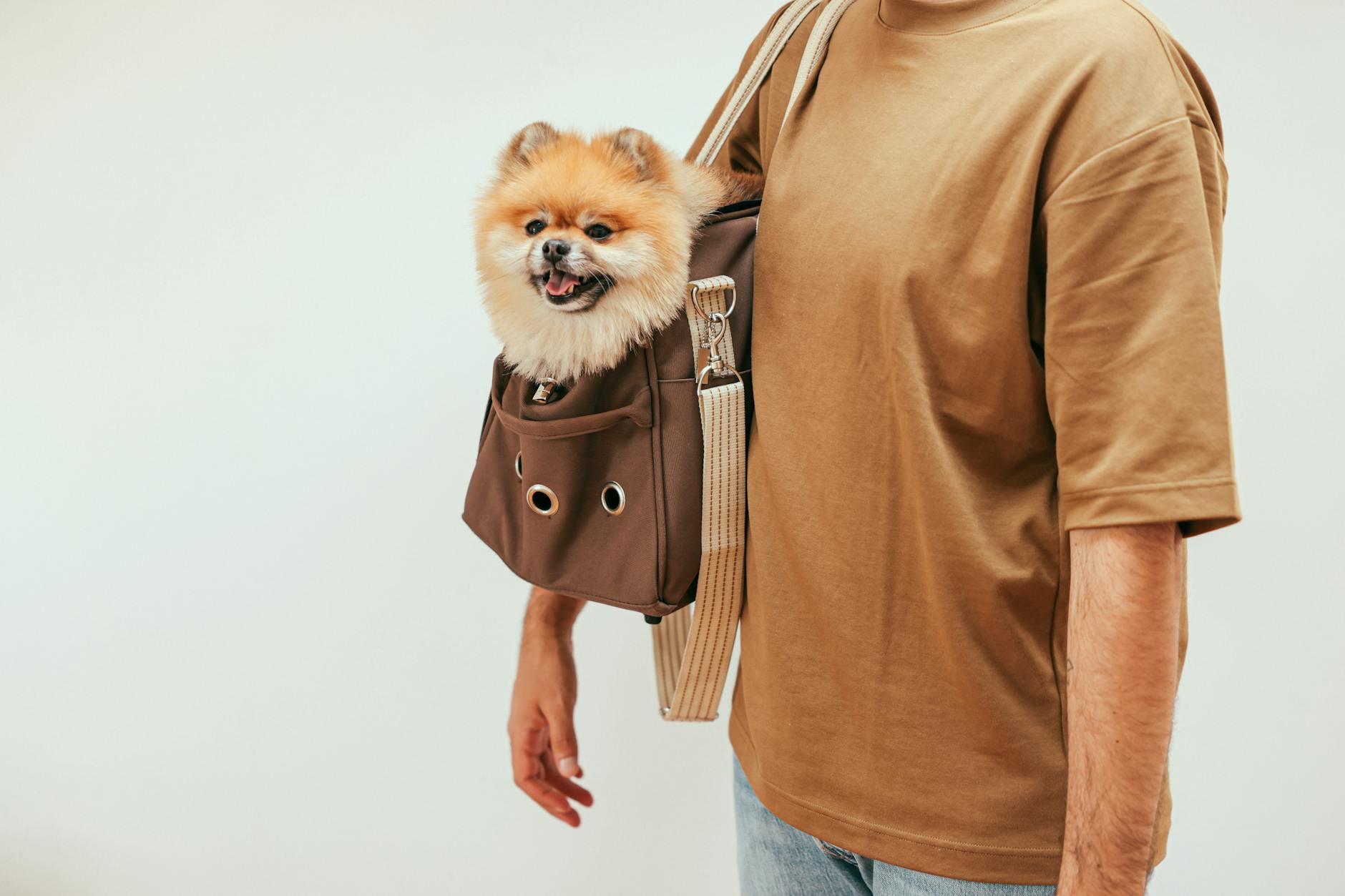How to Train Your Dog Like a Pro!

House training is an essential part of bringing a new puppy or dog into your home. A well-trained dog is a happier dog, and a happier dog makes for a more content and stress-free owner. Below, we'll explore proven techniques and tips that will help you achieve success in-house training your canine companion quickly and effectively. So get ready to transform your doggo into a model of indoor manners with these #DoggoProTips!
Establish a Routine
Routines are the cornerstone of successful house training. Dogs thrive on consistency, which helps instill good habits.
-
Feeding Times: Stick to a consistent schedule for feeding your dog. What goes in on a regular timetable will come out on a regular timetable, which makes it easier for you to predict when your dog needs to go.
-
Potty Breaks: Regularly scheduled potty breaks are crucial. Typically, puppies need to relieve themselves upon waking up, after eating, and after playtime. Adults also need their time but can hold it for longer periods.
Choose the Right Spot
Select a spot outside where you'd like your dog to do its business.
-
Consistency: Always take your dog to this spot. The scent will prompt your dog to go.
-
On a Leash: Keep your dog on a leash when you take them to their spot, even if you have a fenced yard, to keep them focused on the task at hand.
Positive Reinforcement Works Wonders
Every time your dog does their business in the right spot, reward them!
-
Praise: Give them plenty of verbal praise in a happy tone of voice.
-
Treats: Offer a small treat immediately after they finish their business.
-
Patience: Remember that house training is a process. Celebrate the successes and be patient through the mishaps.
Watch for Signs
Learn to recognize the signs that your dog needs to go out.
-
Sniffing and Circling: Dogs often exhibit certain behaviors like sniffing around or circling when they're looking for a place to relieve themselves.
-
Whining or Scratching at the Door: These can be indicators that it’s time for a potty break.
Deal with Accidents Properly
Accidents will happen. Here's how to handle them:
-
Act Quickly: Clean up accidents immediately with an enzymatic cleaner to eliminate odors that might attract your dog back to the same spot.
-
Stay Calm: Never punish your dog for accidents. It can create anxiety and confusion, making house training even harder.
Crate Training Can Help
A crate can be a vital tool in house training your dog.
-
Instincts: Dogs naturally avoid soiling their den. A crate utilizes this instinct to your benefit.
-
Size Matters: Make sure the crate is only large enough for your dog to stand, turn around, and lie down. If it's too big, they might use one corner as a bathroom.
-
Not a Punishment: Ensure that the crate is a positive space. Never use it as a punishment.
Monitoring Food and Water
Managing your dog's diet is also part of the house training process.
-
Measure Food: Don’t leave food out all day. Measure the amount of food and stick to a feeding schedule.
-
Water Schedule: While dogs must have access to water, consider removing their water bowl two hours before bedtime to reduce nighttime accidents.
Consistency is Key
Maintain a consistent approach with all members of your household. Everyone should use the same commands and follow the same rules. This consistency will make it easier for your dog to learn and adhere to the house training program.
Conclusion
Patience, consistency, and positive reinforcement are the keys to effectively house-training your dog. By following these #DoggoProTips, you'll be well on your way to having a perfectly house-trained pup. Remember, every dog is different, and some may require additional time or adjustments to this process. Stay positive and celebrate each milestone on your journey to a fully house-trained pet!
For more pet care advice, don't hesitate to reach out to professionals. Happy training!